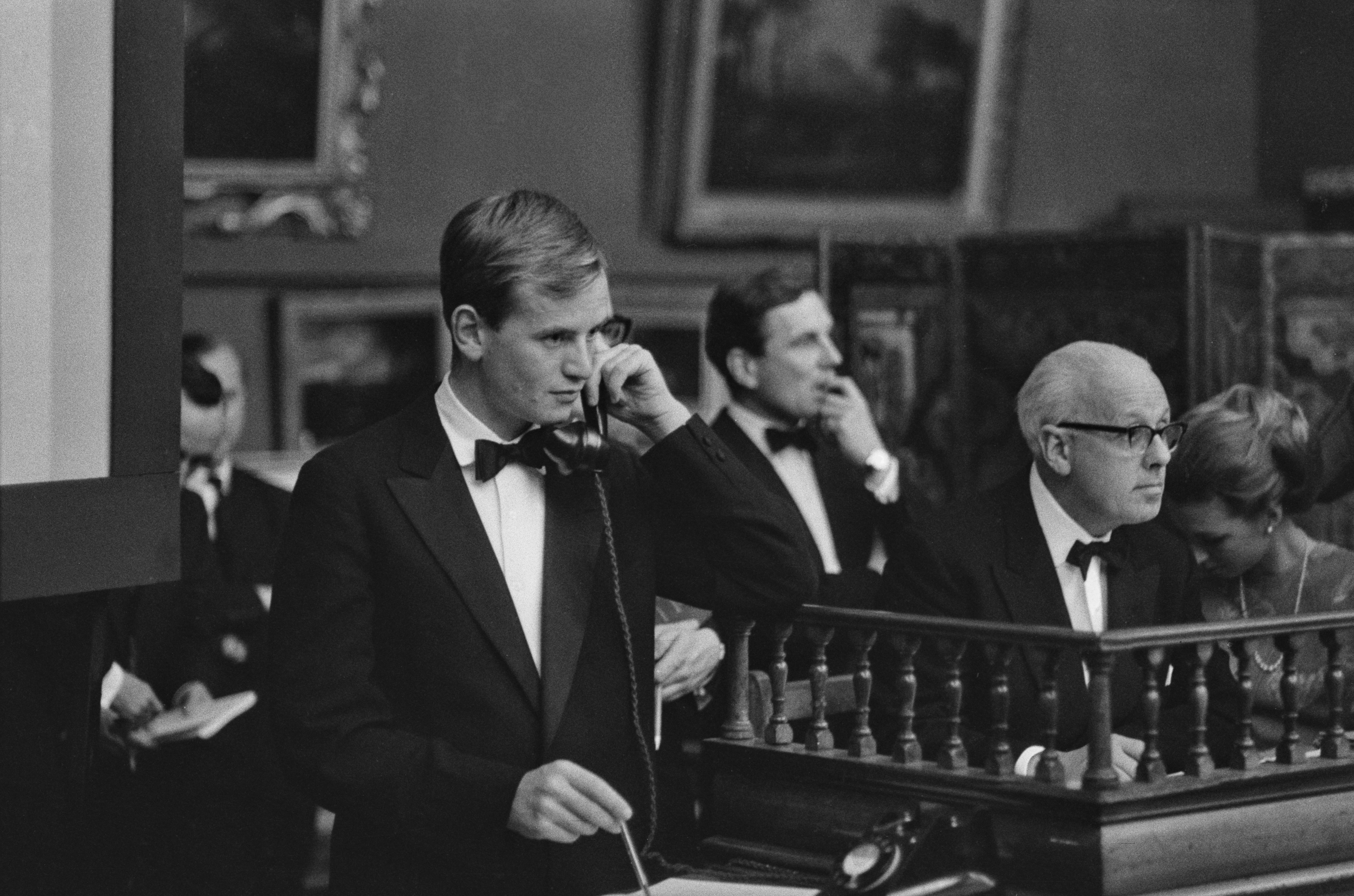Book of a lifetime: In Patagonia by Bruce Chatwin
From The Independent archive: Robert Macfarlane learns that travel writing can be dazzlingly experimental in form and that journeys can have alternative kinds of momentum to propel them onward

In Patagonia made Bruce Chatwin famous overnight. On the book’s publication in 1977, reviewers rightly compared it to Mandeville’s Travels, to Alexander Kinglake’s Eothen and Robert Byron’s The Road to Oxiana.
Like those predecessors, In Patagonia revolutionised travel writing. Puckish and witty, it rebuked the po-faced and self-vaunting character of many post-war travelogues. Instead of setting out in search of a river’s source, a mountain’s summit or a lost tribe, Chatwin headed for South America on the trail of a piece of brontosaurus skin and ended up finding sloth turds at the end of the world.
Chatwin’s achievement was one of technique as well as tone, for the book is dazzlingly experimental in form. It is divided into 97 short untitled pieces, some as brief as a single paragraph and few longer than four pages. Little narrative energy is expended describing how or why Chatwin’s narrator moves between locations and encounters.
People are met who tell stories or have stories told about them, almost all of which are in some way to do with wandering and nomadism. Set piece follows set piece, and the whole is rendered in a style that is charismatically terse and angular, existing as a kind of literary Cubism: fragments tilted towards and away from one another in complex relation.
What I learnt above all from Chatwin is that travel writing – unpropelled by any narrative except the journey itself – must find alternative momentums. He taught me that pattern can substitute powerfully for plot: that apparently unconnected details and images, sprinkled as iron filings through a book, might be magnetised into subtle arrangement. I have spent the last four years walking, writing and patterning a book about walking.
Along the way, I have wondered about companions with whom I would have wished to tramp. Patrick Leigh Fermor for sure; likewise Edward Thomas and Samuel Taylor Coleridge. But probably not Chatwin. Those acid-blue eyes of his, his hunger for high-calibre talk and high-octane gossip: I would have felt too... tested, too slow and plain.
His letters were published in 2011, and among the stories they contained was one from 1972. That year his lover James Ivory lent him a clapboard cabin in deep Oregon. “I wandered long the Brown Mountain trail STARK NAKED for fifteen miles,” wrote Chatwin to his wife, Elizabeth, “without coming across a soul...”.
But Chatwin did, in fact, encounter “a soul”: Ivory’s caretaker wrote to Ivory in disgust. “This son-of-a-bitch was stark naked... And you won’t believe this, but he’d tied some flowers round his pecker.”



Join our commenting forum
Join thought-provoking conversations, follow other Independent readers and see their replies
Comments